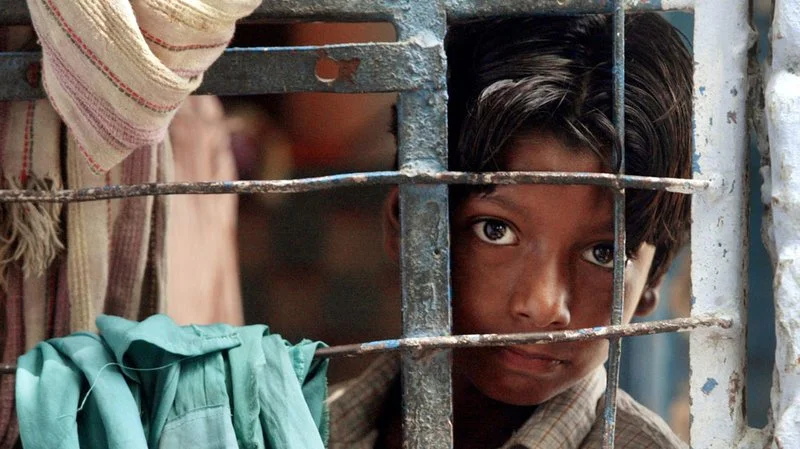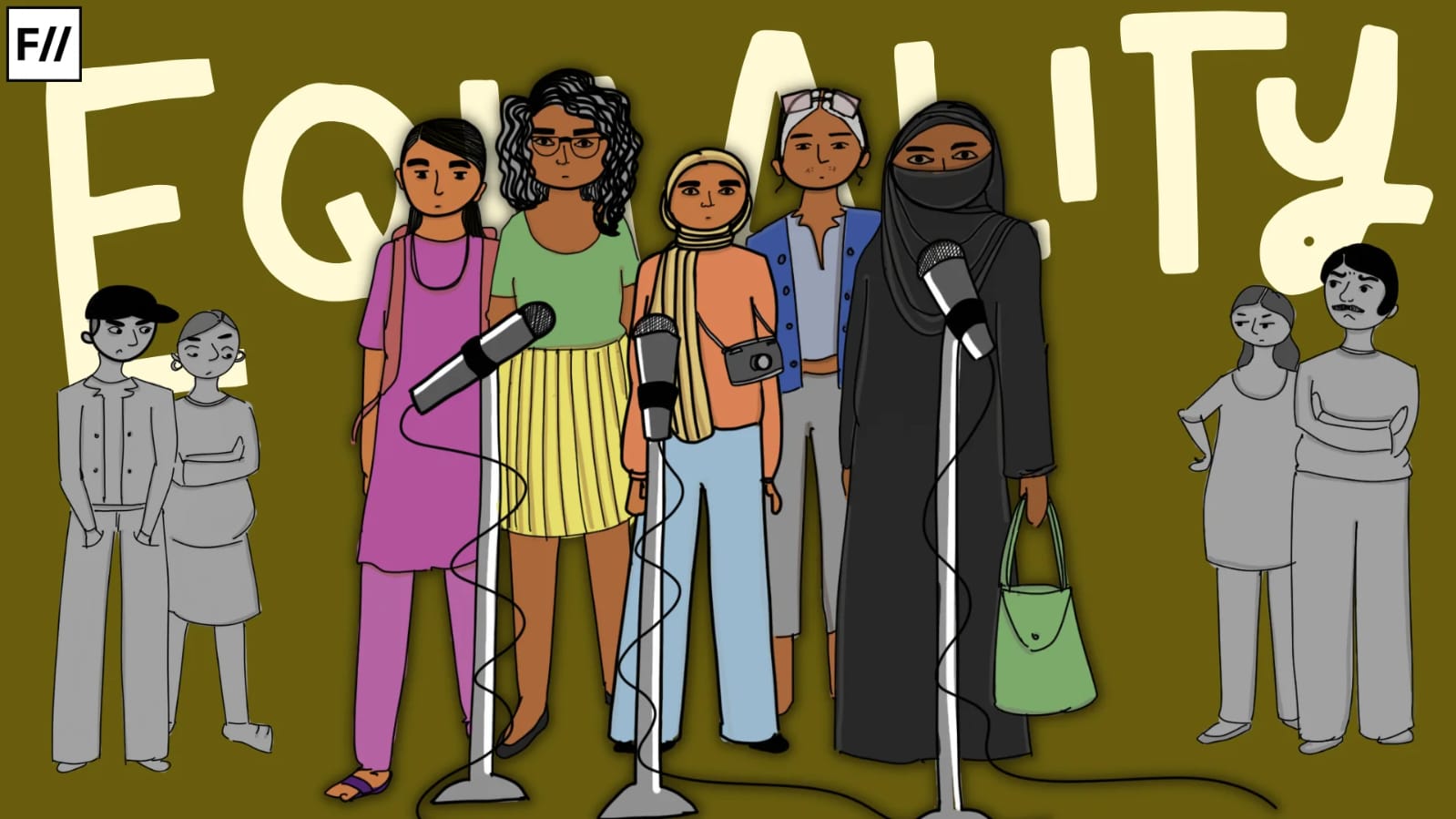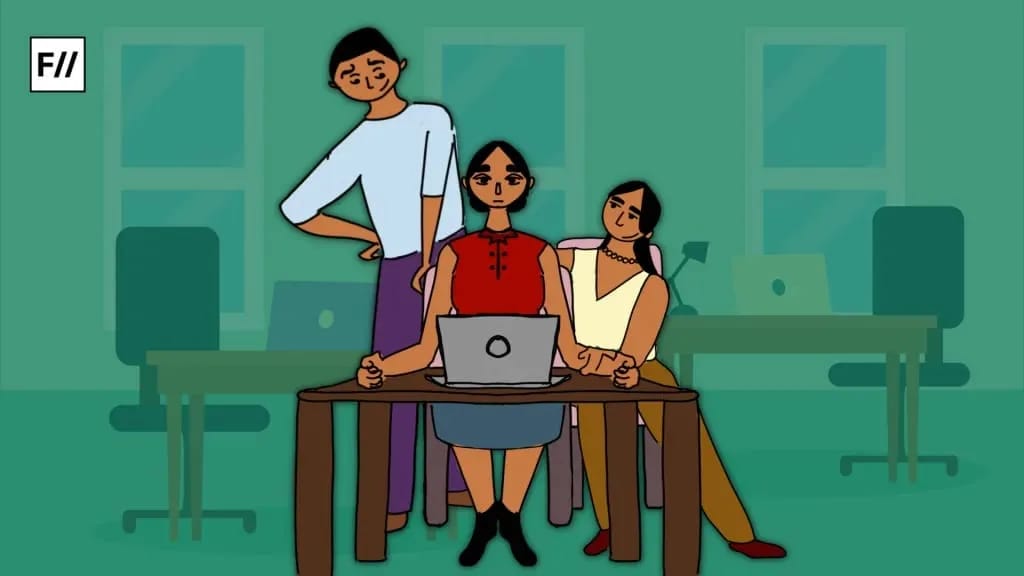A recent study conducted by the SCD Government College has highlighted the pressing issue of child labour, which is not merely persisting but also flourishing. This has even become more concerning since all 32 National Child Labour Projects (NCLP) were shut down in 2022, leaving fewer safe places and support systems for vulnerable children. This troubling trend originates from Ludhiana, the heart of Punjab’s industrial economy, where the rising demand for low-cost labour is pushing children into exploitative and unsafe working places. The closure of the National Child Labour Project (NCLP) centres isn’t just a matter of administrative decisions but proving to be a serious hindrance in education, safety, and dignity for the most vulnerable children in our communities, and particularly for girls.
In India, the struggle for gender justice cannot be separated from the wider battle against child labour. The closure of the National Child Labour Project (NCLP) centres isn’t just a matter of administrative decisions but a serious hindrance in education, safety, and dignity for the most vulnerable children in our communities, and particularly for girls. This present trend represents the intersection of poverty, gender discrimination, and policy neglect, where the entire generation is denied its right to safety, education, and empowerment.
What were the NCLP centres?
NCLP centres are established as a part of a national effort to eradicate child labour. It serves as an alternative school for children rescued from exploitative work environments. These centres are created to provide education, vocational training, basic literacy, midday meals, health check-ups, and a small amount of financial assistance. Above all, these centres help children to heal and rebuild themselves who struggle with poverty.
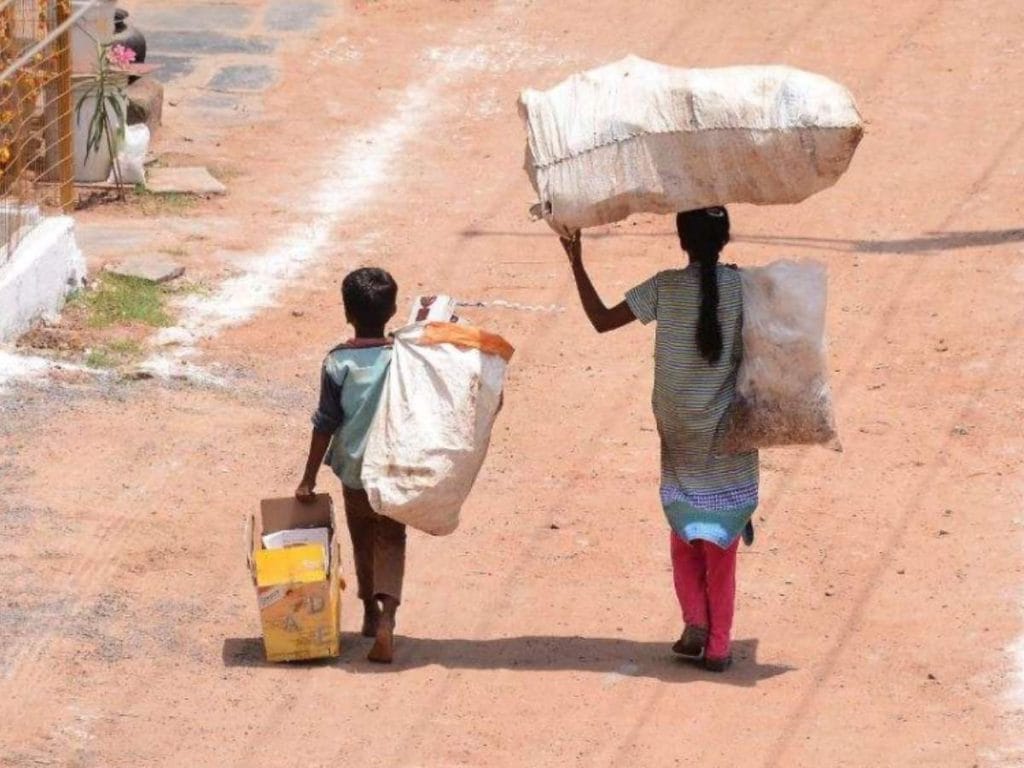
These centres played a very significant role in Ludhiana, from working with NGOs and local authorities to identify, rescue, and rehabilitate child workers. But in March 2022, these centres were discontinued and merged into mainstream schools under the Sarva Shiksha Abhiyan (SSA).
The consequences of closure of NCLP centres
As a consequence of this closure, support for thousands of children has silently collapsed. The study by SCD Govt. College shows an increase in child labour across Ludhiana. In some places, like Fauji Mohalla, only 3.7% of children are still attending classes. Many children have started working in dangerous and exploitative places because the support they once had has been taken away.
As a consequence of this closure, support for thousands of children has silently collapsed. The study by SCD Govt. College shows an increase in child labour across Ludhiana. In some places, like Fauji Mohalla, only 3.7% of children are still attending classes. Many children have started working in dangerous and exploitative places because the support they once had has been taken away.
For many families living below the poverty line, sending a child to school has become out of reach. They no longer have access to the support of free education, midday meals, and medical care, which they had earlier. Not just children, but this closure has also displaced hundreds of dedicated educators and social workers who created strong and trustworthy relationships with the children and their communities. This sudden loss of support has interrupted the emotional and educational connection.
The gendered reality of child labour
According to the United Nations Children’s Fund (UNICEF), child labour is not gender-neutral. Girls face a double burden. They are not just pushed into jobs like embroidery, domestic work, or rag-picking, but they are also subjected to looking after their younger siblings, and they also become victims of early marriage.
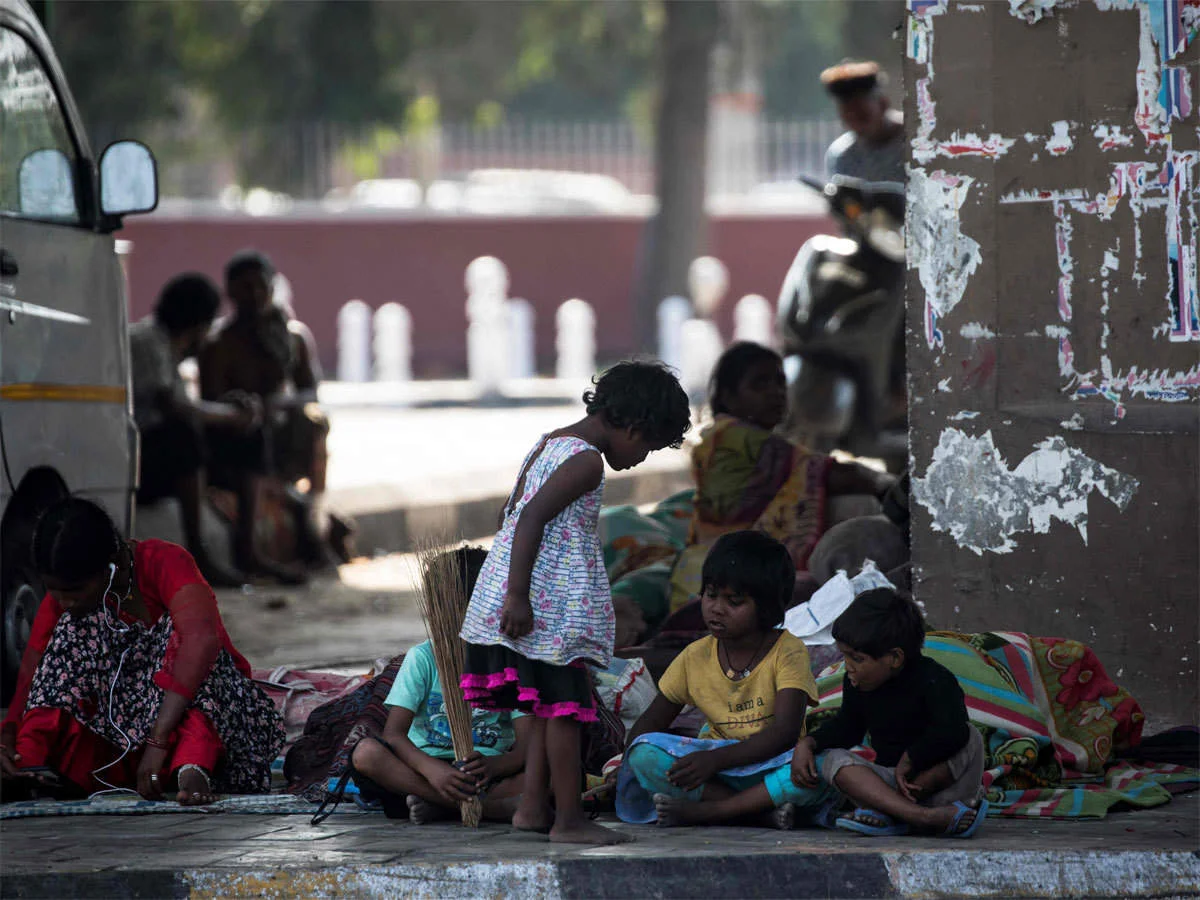
Closing the NCLP centres has had a serious impact on girls, making them more at risk and with fewer choices. These centres were more than just schools; they were safe spaces where girls could learn without fear of harassment or judgement from society. Tailoring and basic literacy were also provided to girls in these centres to make them financially independent, which were actually part of vocational education. Shutting these centres means girls are missing out on both education and skill-building. This disruption leads girls to quit education due to a lack of family support and rare efforts by mainstream schools.
This act is not just a crisis of child rights but also a crisis of future womanhood. When girls are denied education and independence early in life, they grow up with limited access to healthcare, economic freedom, and chances for social mobility.
Integrating children into mainstream schools is not a solution.
Due to a lack of proper resources, such as trained teachers and overcrowded classrooms, many government schools are not well-equipped to provide these children the proper attention that they actually need. In spite of this condition of mainstream government schools bringing all children into regular schools, it sounds good in theory, but in reality, it hasn’t worked well. These government schools are not well-equipped and simply not prepared to support the mental, emotional, and educational needs of children who’ve been rescued from child labour. Above all, many children faced a delay in the release of important certificates that will officially confirm they have been rescued from child labour. Without these documents, they can’t access the support and welfare programmes they need. This slow bureaucratic work has become a major barrier to their safe return and reintegration.
Need for change
Not just Ludhiana, but India as a whole urgently needs a fresh, child-focused, and gender-sensitive approach to tackle child labour. These centres are required to be reopened in vulnerable areas, which is supported by local NGOs, government initiatives, and also by the efforts of corporate social responsibility (CSR). The centres should also focus on the needs of female students and provide the female staff with proper sanitation and flexible schedules. The main issue that these children face is a lack of proper long-term rehabilitation because of poor subsequent action and support from the community. To solve this problem, local groups and self-help associations must be empowered so that they can spread awareness, support families, and monitor children in vulnerable conditions.
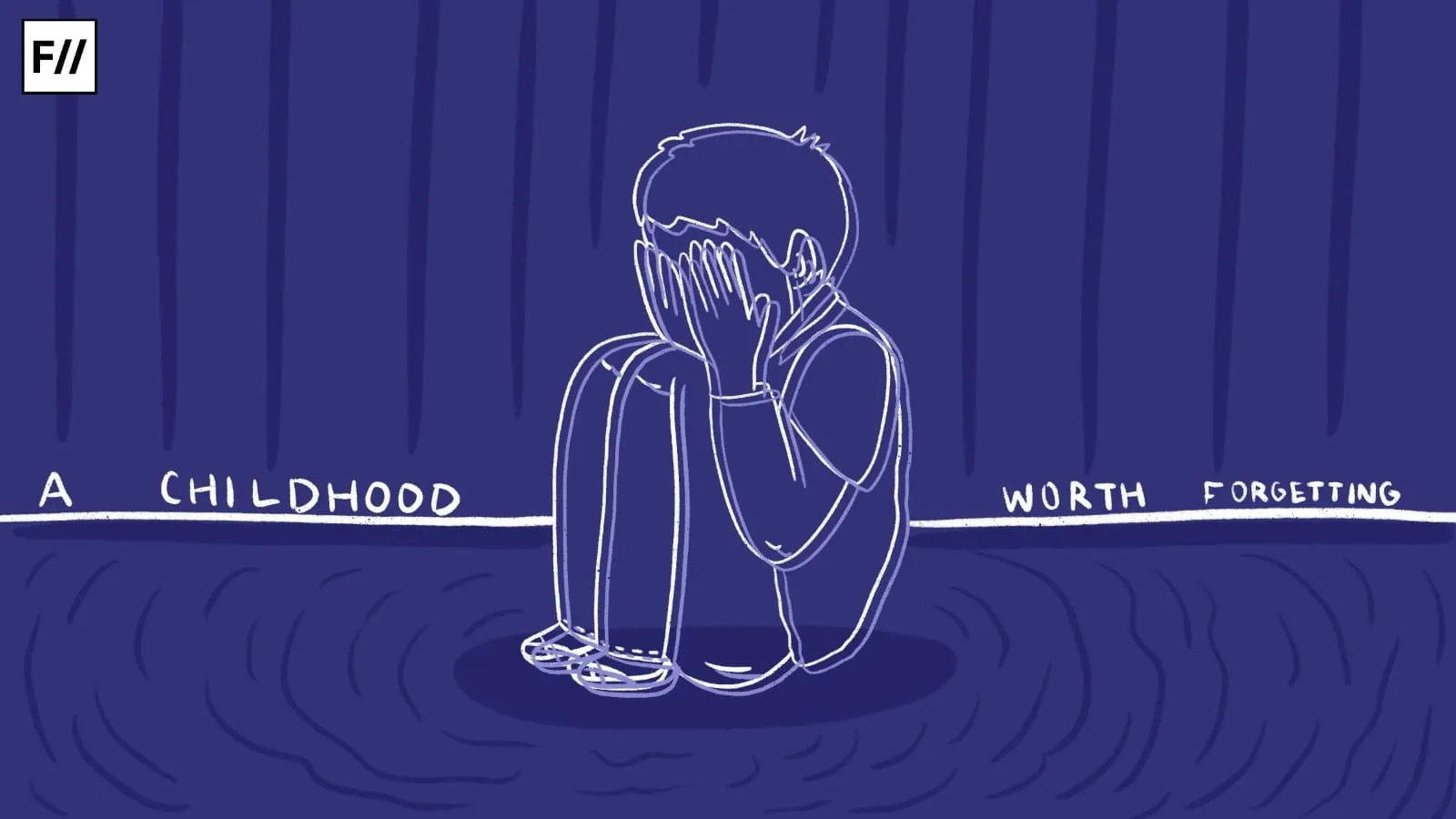
Economic pressure plays a significant role in sending children to work; therefore, the government must start providing financial aid for children, along with skill-building programmes for parents and employment guarantees. Legal progress also needed to be efficient enough. The released certificates must be issued quickly, and children should easily access schemes like the Right to Education and Balika Samriddhi Yojana. Vocational training must break gender stereotypes and give girls access to fields like tech and finance.
Not just Ludhiana, but India as a whole urgently needs a fresh, child-focused, and gender-sensitive approach to tackle child labour. These centres are required to be reopened in vulnerable areas, which is supported by local NGOs, government initiatives, and also by the efforts of corporate social responsibility (CSR).
The International Labour Organisation (ILO) and UNICEF are urging the government to invest in a protective framework, such as universal child benefits, and strengthen the provision of quality education, which aligns with Sustainable Development Goal 4 and supports the broader SDGs for a better future for the country. In addition, strict laws should also be enforced to stop child exploitation across the supply chain. The purpose of education is more than just gaining knowledge; it is about empowering individuals to grow. For girls, it represents a fundamental step towards independence. It helps delay early marriages, shields them from violence, and enables them to make themselves heard.
The research on NCLP centres closure conducted by the SCD government college in Ludhiana emphasises a serious issue that demands attention. It’s time for both the state and central governments to take real responsibility rather than blaming each other and introducing superficial programmes. Today, the future and lives of these children are at stake, and a quick and short-term solution won’t address the deeper issue. Sustainable planning and action are required to give children in Ludhiana the future they deserve.
About the author(s)
Himani is a postgraduate in Political Science from Ramjas College, University of Delhi with a keen academic focus on gender, culture and social justice. Her academic and field experience includes research and project coordination in areas such as tribal entrepreneurship, environmental advocacy and community service.
